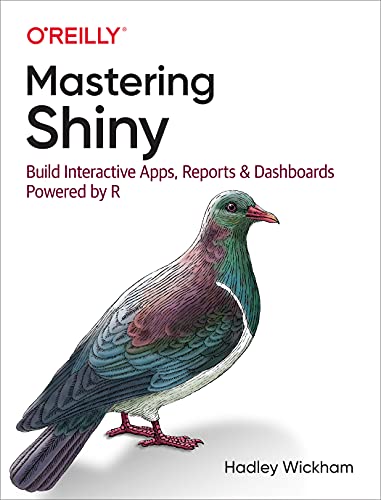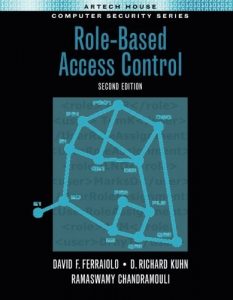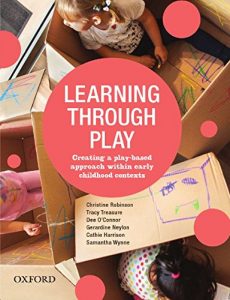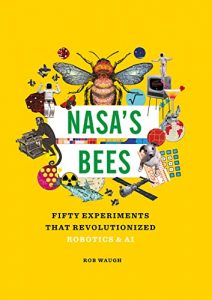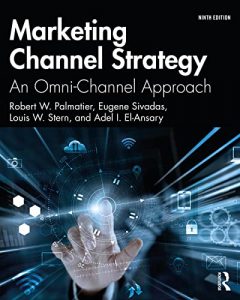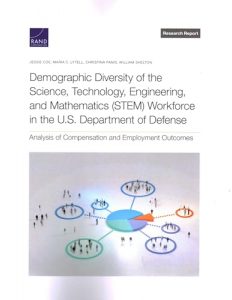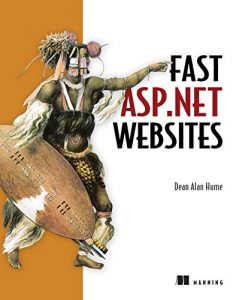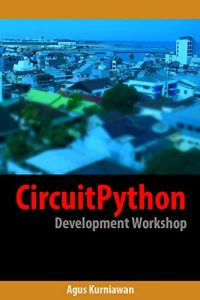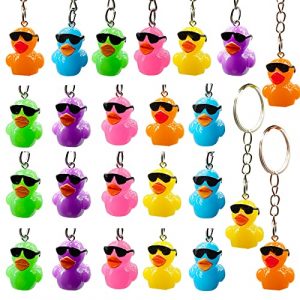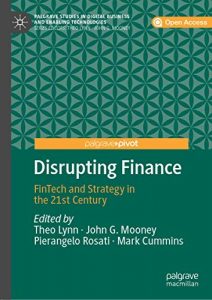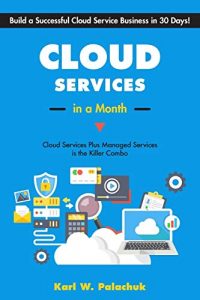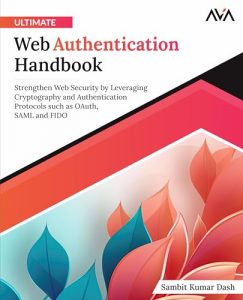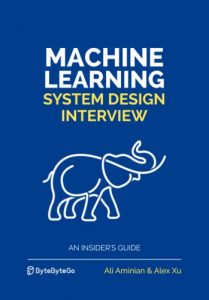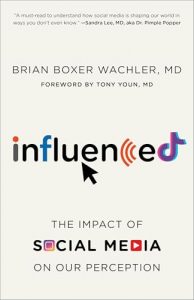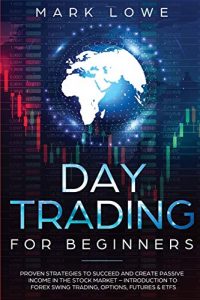1. Mastering Shiny: Build Interactive Apps, Reports, and Dashboards Powered by R
Written by Hadley Wickham, Mastering Shiny dives deep into the art of creating interactive web applications using R. This essential guide empowers readers to design and build data-driven dashboards, reports, and apps, bringing data visualization to life. With real-world examples, Wickham’s expertise helps demystify the complexities of Shiny, making it accessible for both beginners and seasoned developers. Whether you’re looking to engage stakeholders or present data interactively, this book is a cornerstone for any data scientist’s library.
2. Interactive Web-Based Data Visualization with R, plotly, and shiny
Carson Sievert’s Interactive Web-Based Data Visualization takes a holistic approach to R programming, focusing on the combination of plotly, Shiny, and interactive web graphics. This book guides readers through creating visualizations that are not only stunning but also functional. The comprehensive nature of this book means that it addresses various levels of user expertise, providing foundational knowledge as well as advanced techniques for expert users. Ideal for data scientists who want to elevate their visual analytics, this book is a must-have for creating rich, interactive user experiences.
3. Hands-On Dashboard Development with Shiny
Chris Beeley’s Hands-On Dashboard Development with Shiny offers a practical guide to effectively building web applications and dashboards. This book focuses on hands-on exercises and encourages readers to start creating applications from day one. Beeley’s thorough explanations and insightful tips make this a valuable resource for both beginners and experienced developers alike. You will find a wealth of practical advice and coding examples designed to help you master Shiny and take your dashboard-building skills to the next level.
4. Mastering R Programming for Data Science
In Mastering R Programming for Data Science, Wilson Hayes takes readers on a journey from beginner to expert in R programming. This comprehensive guide combines statistical analysis, data visualization, and machine learning, making it an invaluable resource for anyone serious about data science. By emphasizing practical applications and real data analyses, Hayes instills the confidence needed to tackle complex data problems. This holistic approach ensures that readers not only learn R but also understand how to apply it effectively in real-world scenarios.
5. Développement Web en Data Science avec R Shiny sans HTML, CSS, PHP ni JavaScript
Josué AFOUDA’s Développement Web en Data Science avec R Shiny is an essential read for French-speaking data enthusiasts looking to enter the world of web development without the need to master multiple programming languages. This book focuses solely on how to leverage R Shiny for web development, making it straightforward and accessible. AFOUDA breaks down complex concepts into digestible pieces, ensuring that even beginners can grasp them quickly while providing insightful tips for advanced users.
6. Building Shiny Apps
Pablo Maldonado’s Building Shiny Apps is a concise guide intended for beginners eager to explore the Shiny framework. At only $4.99, this resource is both affordable and rich in content, guiding users through the foundational elements of app development. Utilizing practical examples, Maldonado illustrates core concepts to help readers create their first applications quickly. This book is perfect for educators and students who want to explore data interactivity through Shiny without heavy investment.
7. Practical Data Science with R
Greyson Chesterfield’s Practical Data Science with R is an engaging introduction to machine learning and data visualization using R. At just $2.99, this book promotes a hands-on learning environment where readers can immediately apply concepts to real data sets. Chesterfield provides clear explanations and actionable insights that equip budding data scientists with the tools needed to make data-driven decisions. This value-packed guide ensures readers don’t just learn theory but also apply their knowledge to practical scenarios.

